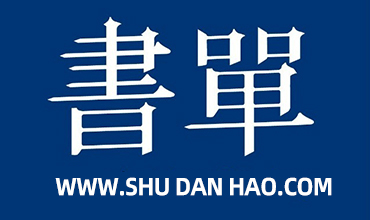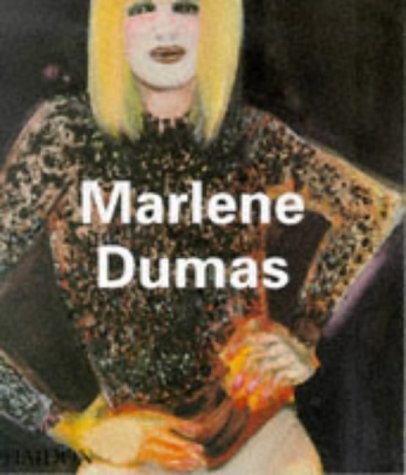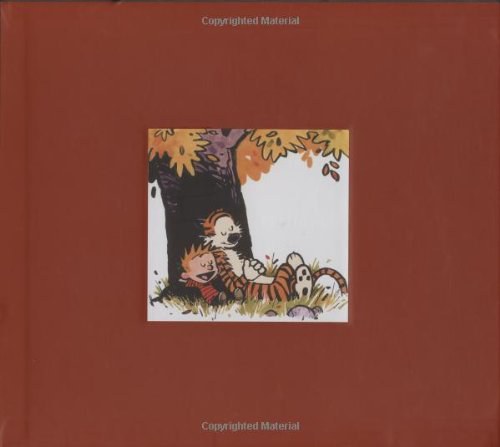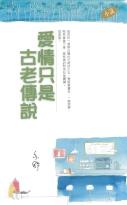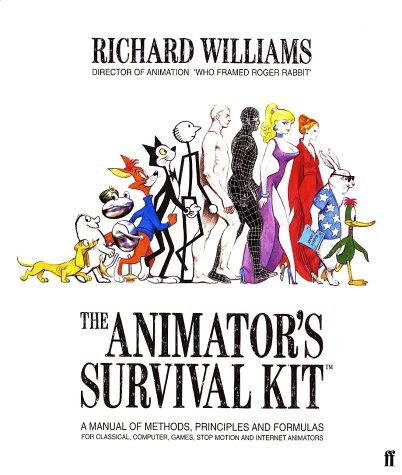
Bryan C|Thomas《Qualitative Communication Research Methods》
书刊介绍
内容简介
This book is the only guide dedicated to qualitative research methods in communication. It introduces readers to every step of the qualitative research process, from developing research topics and questions, through writing a final report. In addition to covering the theories and methods currently used in qualitative communication research, the authors also discuss important trends influencing the future of that research.
作品目录
Preface xii
Acknowledgments xvi
Chapter 1 Introduction to Qualitative Communication Research 1
Introduction: Working With (and Studying) Cops 1
Four Paradigms and (Maybe) a Funeral: A Brief History of Qualitative Communication Research 5
Feeling Corporate, Going Global: Two Trends in Qualitative Communication Research 13
Looking Closer: The Conduct of Qualitative Research in Communication 17
Applied Communication 17
Group Communication 18
Health Communication 19
Intercultural Communication 20
Interpersonal Communication 21
Language and Social Interaction 21
Media and Technology Studies 22
Organizational Communication 24
Performance Studies 25
Rhetoric 27
Strategic Communication 28
Conclusion 29
Chapter 2 Theoretical Traditions and Qualitative Communication Research 33
Qualitative Research and Communication Theory 33
The Phenomenological Tradition 35
The Sociocultural Tradition 39
Ethnomethodology 39
Symbolic Interactionism 42
Social Constructionism 45
Ethnography of Communication 46
Structuration Theory 49
Actor Network Theory 51
The Critical Tradition 52
Feminism 58
Postcolonialism 60
Critical Race Theory 63
Cultural Studies 65
Conclusion 69
Chapter 3 Design I: Planning Research Projects 71
Introduction 72
"My City, My Society, and My Life": Renee's Story 72
Sources of Research Ideas 75
Personal Experiences and Opportunities 75
Theory and Research Literature 78
Public Problems 83
Funding Priorities 84
Moving Toward a Commitment 86
Evaluating the Scene 87
Casing the Scene 88
Assessing Feasibility 90
Consulting Colleagues, Mentors, and Experts 93
Developing Emic and Etic Perspectives 94
Conclusion 95
Chapter 4 Design II: Implementing Research Projects 97
Introduction 97
Negotiating Access 98
Gatekeepers 98
Sponsors 100
Telling a Research Story 101
Clarifying the Involvement 104
Exploratory Methods 105
Sampling 109
Sampling Units 110
Sampling Strategies 112
Sample Size 116
Human Subject Protections 118
Informed Consent 119
Instruments 123
Vulnerable Groups 124
Data Security 125
Textual Representation 125
The Research Proposal 127
Title 127
Abstract or Executive Summary 128
Rationale 128
Conceptualization 128
Research Questions 130
Methodology, Protocol, and Logistics 130
Analysis 131
Schedule 131
Conclusion 131
Exercises 132
Chapter 5 Producing Data I: Participating, Observing, and Recording Social Action 133
Introduction: Fieldwork, Ethnography, and Participant Observation 133
Successful Participant Observation 136
Tolerance for Marginality 136
Embodiment 137
Spontaneous Decision Making 139
Being an Ethical Person 139
Difference Matters 141
Adapting Roles 144
Roles Based on Degree of Participation 144
Roles Based on Social Function 149
Tactical Observing 150
Who Are the Actors? 151
How Is the Scene Set Up? 152
How Do Initial Interactions Occur? 152
How do Actors Claim Attention? 153
Where and When Do Actors Interact? 154
Which Events Are Significant? 155
Writing Fieldnotes 155
Scratch Notes and Headnotes 156
Fieldnotes 156
Fieldwork and Fieldnotes: An Exemplar 160
Journals and Diaries 163
New Media and Participant Observation 164
Conclusion 168
Exercises 168
Chapter 6 Producing Data II: Qualitative Interviewing 170
Introduction 170
Purposes of the Qualitative Interview 172
Types of Interviews in Communication Research 176
Ethnographic Interviews 176
Informant Interviews 177
Respondent Interviews 179
Narrative Interviews 180
Focus Group Interviews 182
The Practices of Interviewing 186
The Interview Context 187
Recording Interviews 192
Developing Rapport 193
Listening 198
Question Design and Use 199
Interview Schedules and Interview Guides 199
Nondirective Questions 202
Directive Questions 207
Finishing Up 210
Transcribing Interviews 211
Conclusion 215
Exercises 216
Chapter 7 Producing Data III: Analyzing Material Culture and Documents 217
Introduction 217
Material Culture 218
Material Culture in Qualitative Research 219
Making Material Culture Visible 221
Documents 229
Documents in Qualitative Research 231
Types of Documents 233
Advantages of Document Analysis 234
Conclusion 239
Exercises 239
Chapter 8 Sensemaking: Qualitative Data Analysis and Interpretation 241
Introduction 241
Qualitative Data Analysis 243
In-Process Writing 244
Categories and Codes 246
Coding Narratives 248
Grounded Theory 250
Coding Example: An Interview Text 252
Coding Example: Invisible Disability in Families 254
Leaving the Research Site 256
Tools for Analysis 258
Manual Methods 258
Computer-Assisted Qualitative Data Analysis Software (CAQDAS) 260
Interpretation 266
Conceptual Devices in Interpretation 267
Exemplars in Interpretation 269
Evaluating Interpretations 271
Triangulation, Disjuncture, and Crystallization 274
Negative Case Analysis 278
Member Validation 278
Conclusion 280
Exercises 281
Chapter 9 Writing, Authoring, and Publishing 282
Introduction: Going Public 282
The Crisis of Representation 284
After the Fall: Reading and Writing Qualitative Research 286
Voice 287
Narrative Presence 288
The Genre-Audience Nexus 290
Institutional Contexts of Qualitative Writing 293
Academic Politics 293
Publishing Economics 297
New Media 299
The Craft of Qualitative Writing: Three Types of Format and Their Related Strategies 301
Traditional Writing Format 301
Alternative Writing Format 308
Multimedia Writing Format 313
Some Final Thoughts on Writing 315
Exercises 317
Epilogue 318
References 321
Author Index 358
Subject Index 371
About the Authors 377
相关推荐
-

牧斋杂著(全二册)
钱谦益,字受之,号牧斋,江苏常熟人。其作品《初学集》、《有学集》已先后由我社整理出版,此次《牧斋杂著》收录其《投笔集》、《苦海集》、《牧斋晚年家乘文》、《钱牧斋...
-

李德修三字经派-小儿推拿精解
李德修三字经派-小儿推拿精解 本书特色 《李德修三字经派小儿推拿精解》一书由李德修的小儿推拿手法、疾病治疗及临床病案分析整理而成,从小儿生理病理特点等基础知识入...
-

明成祖史论
※毛佩琦纵论永乐大帝的是是非非【编辑推荐】本书并非传统的人物传记写法,而是重史论和评价。作者引用大量史料,将明成祖的事迹作为和主张分成藩封、迁都、民生、怀柔、文...
-

中国符号·龙生九子:神话与传说
作者简介冯旭,中央美术学院绘本创作工作室导师,iMadeFace/CosFace 创始人,艺伙(ARTFIRE)创始人,2002 年获清华大学美术学院学士学位,...
-

神的隱匿與人的理性
如果上帝存在,為甚麼祂不顯現自身,向世人宣示自己的存在?抑或,根本就沒有上帝?這是纏繞宗教信徒千百年的問題,在學界卻鮮有討論。直至1993年,著名無神論宗教哲學...
-

全世界有多少只猫
东大学霸带你硬核破解脑洞大开的费米问题让你全面提升假设能力、逻辑思维能力有效利用有限信息,轻松解决复杂难题◎ 编辑推荐“多少颗高尔夫球才能填满一辆校车吗?”“芝...
-

后来的人类
⭐ 引力奖得主糖匪全新小说集,打破科幻小说常规故事形态。⭐ 在技术加速的未来,想象一个有情的世界。⭐ “写出了技术时代张爱玲般的感觉,是属于未来的真正的文学。”...
-

全球信息化经济中的著作权法
全球信息化经济中的著作权法 本书特色 加入世界贸易组织表明我国经济发展进入了一个新的发展时代——一个国际化商业时代。商业与法律的人才流动将全球化,评介人才标准将...
-

跟巨匠学构图的基本
精彩摘录对于绘画来说什么才是最重要的呢?并不是画面表现的精细与逼真程度,而是能否引起观者的共鸣。——引自第136页
-

程敬通医案
程敬通医案 本书特色 《中医师承十元丛书》通过图书这个载体,把师承的渠道拓宽了,通俗地说就是,一个读者可以通过这套书“拜”到很多师傅,一个作者可以通过这套丛书“...
-

是,大臣
乔纳森·林恩,英国编剧、导演,与安东尼·杰伊合作了著名的政治喜剧《是,大臣》《是,首相》 。
-

经济发展“新常态”理论与创新
《经济发展“新常态”理论与创新》内容简介:本书通过一系列理论实践探索,规范研究与实证研究并重,努力“认识新常态、适应新常态
-

素描的诀窍
伯特·多德森是一位极富天分的画家。他毕业于亚利桑那州立大学,之后又就读于纽约视觉艺术学校。曾在纽约时装技术学院任教多年,教授绘画。曾为60多部书作过插图,也是漫...
-

算法竞赛进阶指南
2017年毕业于北京大学信息科学技术学院计算机科学专业,2012年CCF-NOI全国信息学奥林匹克竞赛金牌得主、国家集训队队员,2015年ACM-ICPC国际大...
-

全球贸易摩擦与大国兴衰
任泽平,恒大集团首席经济学家(副总裁级)、研究院院长。清华大学经济管理学院博士后,中国人民大学经济学博士。曾先后担任国务院发展研究中心宏观经济研究部研究室副主任...
-

Swift 4从零到精通iOS开发
《Swift 4从零到精通iOS开发》内容简介:本书由资深iOS开发工程师精心编撰,兼备核心语法、编程技巧、应用实践3部分。第1部分从Xco
-

David Halpern《Mental Health and the Built Environment》
Thistextexplorestherelationshipbetweentheplannedorbuiltenvironmentandtheoccurren...
-

树敌
翁贝托•埃科Umberto Eco(1932-2016)欧洲重要的公共知识分子、小说家、符号学家、美学家、史学家、哲学家。 出生于意大利亚历山德里亚,博洛尼亚大...
-

浮石《青瓷》
《青瓷》惟妙惟肖地再现了当代中国商人对关系的顶礼膜拜和娴熟利用,让我感触颇深。或许,中国商人应该从书中得到警示并反思其中
-

三大师传
本书由19世纪三位杰出的文学大师巴尔扎克、狄更斯和陀思妥耶夫斯基的传论组成。巴尔扎克生当拿破仑崛起的时代,尽管他并未投身这支东征西讨的大军,然而拿破仑横绝一世、...

